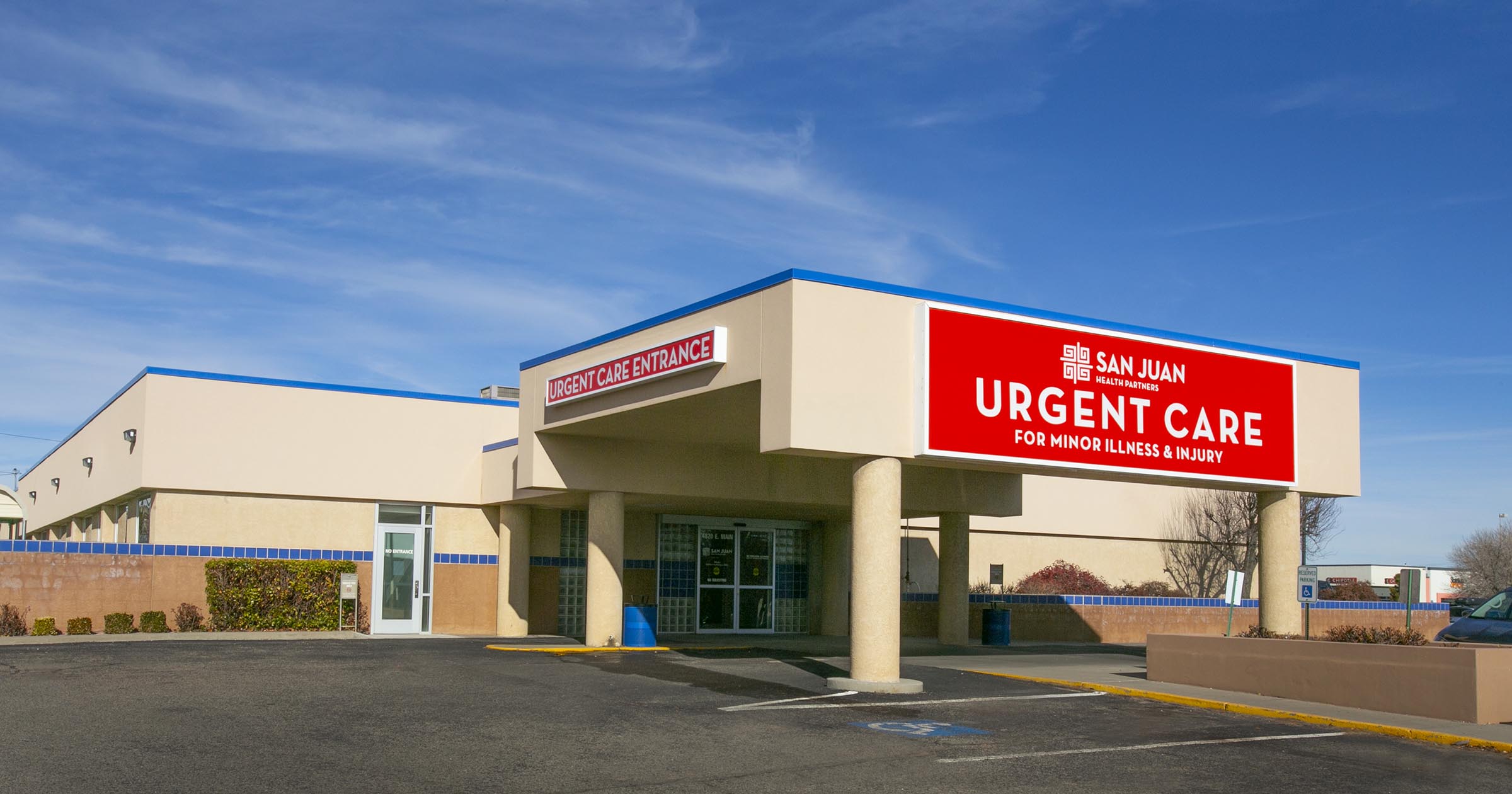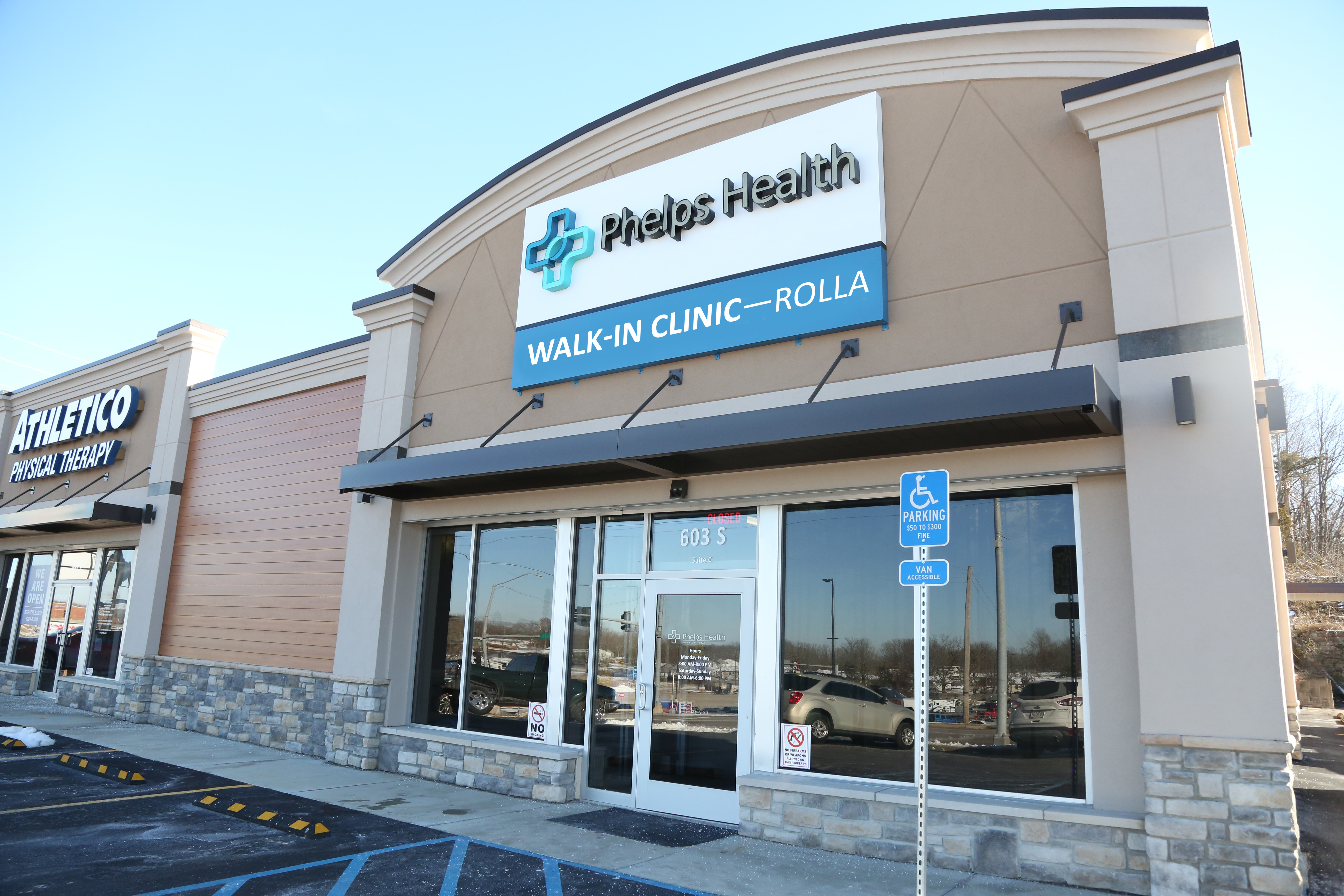Comprehending the Duty of Urgent Treatment in Providing Timely Therapy for Non-Life-Threatening Problems
Immediate care facilities have actually emerged as a crucial component of the health care landscape, attending to the immediate demands of clients with non-life-threatening conditions. Recognizing the nuances of urgent treatment can considerably influence person end results and the total effectiveness of medical care shipment.
What Is Urgent Care?
Urgent care describes a group of clinical services designed to deal with non-life-threatening problems that need immediate interest. These centers offer as an intermediary in between main care doctors and emergency clinic, providing a hassle-free option for clients that need prompt treatment without the comprehensive waiting times typically related to emergency divisions.
Immediate treatment facilities are normally staffed by physician, including physicians, registered nurse professionals, and doctor aides, that are educated to identify and deal with a large selection of problems. Usual services supplied by these centers include treatment for minor injuries, health problems, and infections, in addition to diagnostic tests such as X-rays and laboratory work.
Additionally, immediate care facilities usually approve walk-in individuals, eliminating the need for consultations. Generally, urgent care plays an essential duty in the healthcare system, ensuring individuals can access vital clinical services immediately and efficiently.

When to look for care at an immediate care facility instead of a key treatment doctor or an emergency room,Numerous individuals might find themselves unpredictable concerning. Urgent treatment is developed to resolve non-life-threatening conditions that need prompt attention but are not severe enough to warrant an emergency area browse through.
Generally, one should think about urgent take care of problems such as minor cracks, strains, cuts calling for stitches, or infections like urinary system system infections. In addition, cool or influenza signs and symptoms, rashes, and allergic responses can additionally be suitably managed in this setup.
It is essential to keep in mind that immediate care is not appropriate for deadly emergency situations, such as breast pain, problem breathing, or extreme bleeding, which require immediate emergency area treatment.
People who do not have access to a health care doctor or can not secure a prompt appointment may also take advantage of urgent care services. Eventually, comprehending when to utilize urgent treatment can result in much more reliable medical care delivery, permitting individuals to obtain the suitable level of treatment based on their details health and wellness demands.
Advantages of Urgent Treatment Centers
Picking immediate care centers for non-life-threatening conditions offers several benefits that boost client experience and accessibility. One key advantage is the reduced wait times compared to typical emergency situation areas. Urgent care facilities typically operate on a first-come, first-served basis, permitting patients to get prompt medical focus without the lengthy delays often connected with healthcare facility setups.
In addition, urgent treatment centers give prolonged hours, consisting of evenings and weekend breaks, suiting people with varying timetables. This flexibility makes sure that people can seek care when it is most convenient for them, additionally promoting timely intervention.

Moreover, these facilities often offer a thorough variety of solutions, consisting of small procedures and analysis tests, all under one roofing system. This consolidation of solutions not just enhances the individual experience however also fosters a more cohesive technique to handling non-life-threatening health problems, ultimately profiting total person results.
Common Conditions Treated
At immediate treatment centers, a variety of non-life-threatening conditions can be successfully treated, giving clients with prompt and available medical aid. These centers are especially adept at attending to issues that call for prompt attention yet do not position an instant threat to life or arm or leg.
Common problems dealt with at immediate care centers include minor injuries such as pressures, strains, and fractures. In addition, they take care of illnesses like colds, influenza, and infections, including urinary system tract infections and sinus problems. Skin disease, ranging from rashes to insect bites, are likewise frequently resolved. Immediate treatment facilities are equipped to perform required analysis examinations, such as X-rays and lab examinations, allowing them to offer extensive care.
In addition, immediate care suppliers can provide vaccinations, helping to prevent the spread of transmittable illness - Urgent her response Care. They likewise offer solutions for minor procedures, such as suturing injuries or draining pipes abscesses. By providing these varied solutions, urgent treatment centers play a vital duty in connecting the gap in between medical care and emergency services, ensuring individuals receive prompt treatment for a wide array of conditions without the demand for long delay times normally associated with emergency situation spaces
How Urgent Treatment Supports Health Care System
Urgent care facilities play an important role in sustaining the overall medical care system by reducing the worry on emergency divisions and offering prompt access to treatment for non-life-threatening conditions. By managing instances such as minor injuries, infections, and ailments, urgent care centers anonymous allow emergency situation divisions to concentrate on more crucial individuals needing immediate attention.
Additionally, urgent treatment centers enhance medical care ease of access, supplying extended hours and a much more hassle-free choice to conventional health care settings. This ease of access is specifically beneficial for clients that might not have a normal physician or who require instant therapy beyond normal workplace hours. Therefore, urgent care centers efficiently decrease wait times and enhance person satisfaction.
Additionally, urgent care facilities contribute to cost savings for both clients and the health care system by offering lower-cost services compared to emergency departments. This financial efficiency is vital in an era of rising medical care prices, permitting people to obtain essential treatment without incurring inflated costs.
Final Thought
Finally, urgent treatment facilities play a crucial function in the healthcare system by delivering punctual therapy for non-life-threatening conditions. By bridging the gap in between key care and emergency areas, these centers make sure that clients web link receive prompt medical attention without the extensive delay times usually associated with emergency situation divisions. The ease of access and efficiency of immediate care facilities add considerably to alleviating the general burden on medical care resources, enhancing individual outcomes, and advertising a much more effective health care delivery system.
Immediate care facilities have arised as an important part of the health care landscape, resolving the instant demands of clients with non-life-threatening problems. Urgent care check outs usually incur reduced out-of-pocket expenditures compared to emergency situation department sees, making care a lot more budget-friendly for patients without jeopardizing top quality. Urgent treatment facilities are geared up to do necessary diagnostic examinations, such as X-rays and laboratory tests, allowing them to give extensive treatment.
By supplying these diverse services, urgent treatment facilities play a vital function in linking the void between primary care and emergency situation solutions, ensuring clients get prompt therapy for a wide range of conditions without the requirement for lengthy delay times typically associated with emergency spaces.
In addition, immediate treatment facilities enhance healthcare ease of access, using prolonged hours and an extra hassle-free choice to typical key treatment setups.